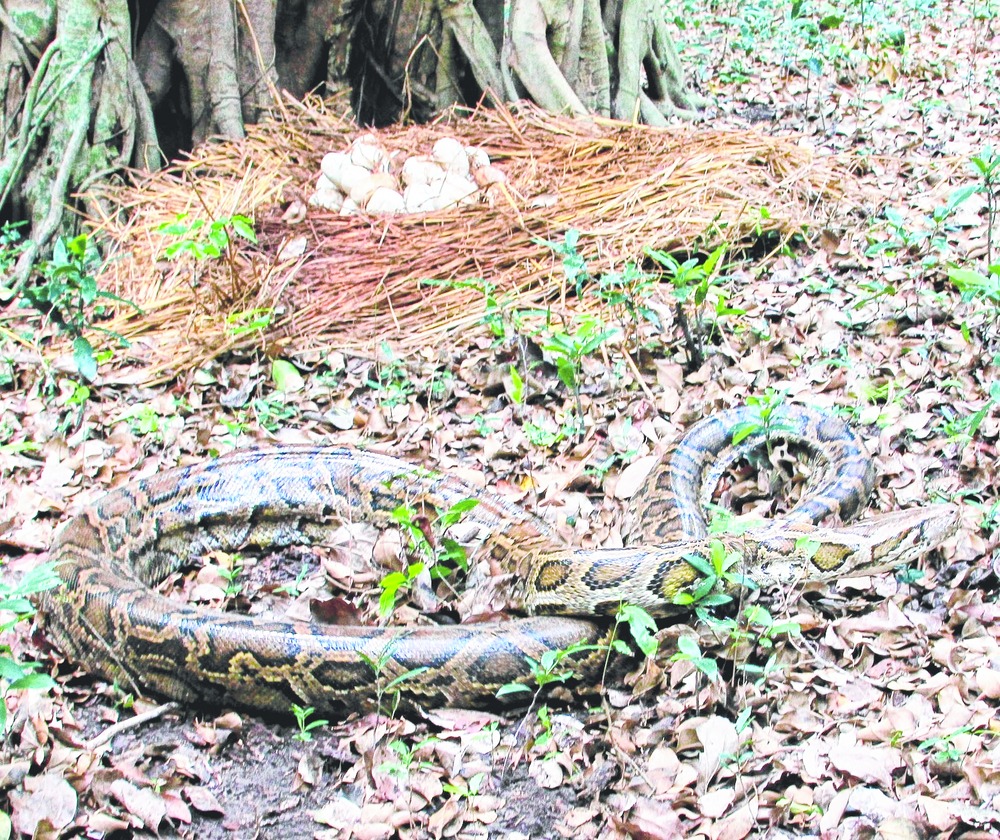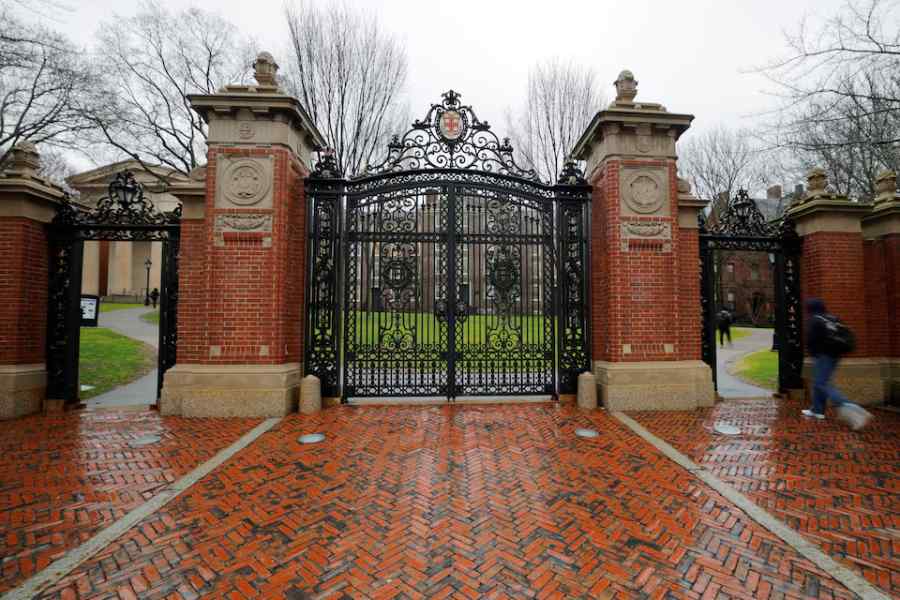
Paradip, July 15: Forest personnel are gearing up to observe World Snake Day tomorrow with several programmes planned to educate the general public about the reptiles.
Bhitarkanika National Park is fast emerging as a safe habitat for several varieties of venomous snakes.
The mangrove eco-system is home to over 3,000 snakes, including cobras and pythons. The mere mention of these snakes evokes fear among people, although they only attack humans when threatened and intimidated.
"We are planning to educate the people, mostly schoolchildren, and do away with their fear and illusion about snakes," said divisional forest officer of Rajnagar mangrove (wildlife) Bimal Prasanna Acharya.
"We will make people living on the park's fringe villages aware that the majority of snakes are non-poisonous and harmless. We are trying to create awareness about snakes among children, about identifying the venomous and non-venomous species. We will also have discussions on how to handle them when they sneak into houses or places of human habitation," Acharya said.
"It's refreshing to note that residents living in the villages along the national park continue to be friendly towards animals. Their timely and active co-operation has helped us rescue nearly a dozen pythons and cobras that had strayed into the villages in the past eight months," said an official, who had been involved in rescuing the snakes. These were later released in the wild.
The snakes find a safe environment in the 145sqkm mangrove forest, which is completely free of human interference, leading to a rise in their population.
Though there has been no census of the species yet, conservative estimates put their number to more than 3,000, said a forest department official. Mangrove forests provide ideal habitats for these reptiles. Snakes prefer dense forests and mud-walled houses in the forest and nearby areas to lay eggs.
Forest personnel have also sighted several nests this monsoon. The babies are expected to break out of the shells towards the end of July. The rise if snake population may be attributed to lack of human population pressure, the official said.
"The forest department is organising awareness camps among the villagers within the park and its nearby areas to protect wildlife. We are trying to convince them to save the snakes so that the natural balance of the food chain is affected," Acharya said.










